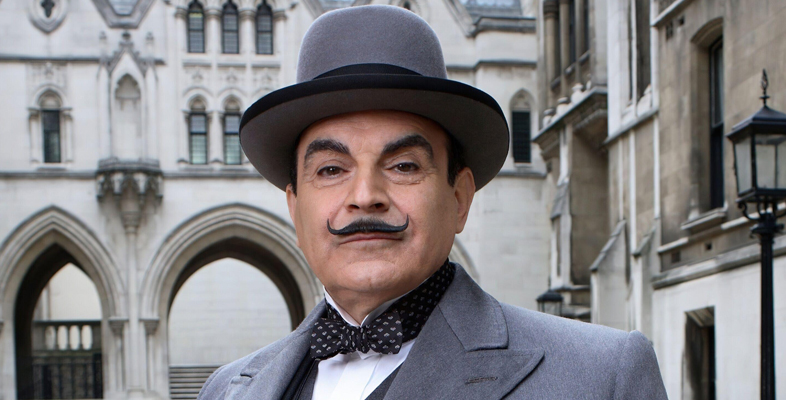2.2 The author’s life
The context of Christie’s life is often brought into discussion, especially in connection with this particular novel. She had married Archibald Christie (1889–1962) in 1914, at the age of 24, and subsequently began to write detective fiction to some acclaim, while also taking up various roles in support of the war effort at home. However, 1926 was a turbulent year for Christie, as she discusses to some degree in her autobiography (Christie, 2017). The details are noteworthy here only because they briefly became part of Roger Ackroyd’s reception. The author herself undeniably lived through experiences that year which might have been lifted from the pages of the genre for which she was becoming a figurehead.
Suffering from a nervous breakdown and apparent amnesia following infidelity on the part of her husband, she was widely reported to have disappeared later that year. This prompted both public concern and media sensationalism, in which journalists and amateur sleuths almost seemed to relish the chance to play the role of the detective. The incident still garners renewed press interest occasionally which recalls (and to some degree recycles) the tone of intrigue and scandal from 1926 (see Turner, 2017 and Jordan, 2019). Suffice to say that such coverage was a sign of Christie’s growing celebrity. It therefore cannot be completely divorced from the sense of notoriety beginning to grow out of her willingness to shock, delight and transgress formal boundaries in her fiction, even while maintaining an eminently accessible, conservative literary style. It also reveals something important about the status of detective fiction authors in the 1920s and the relationship between the texts and their readership (an issue to which you will return).

